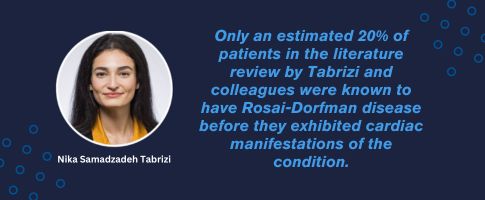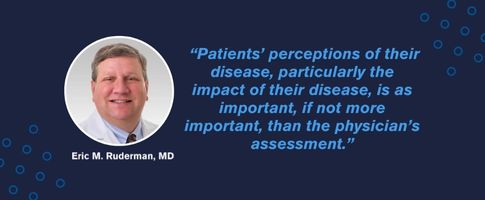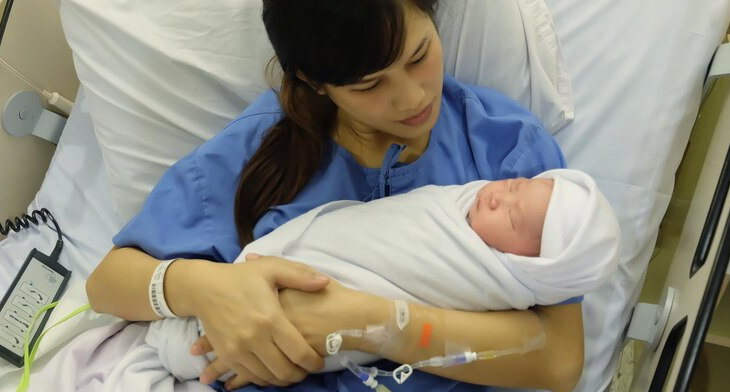The following is a summary of “Circulating Tumor DNA Identifies Diverse Landscape of Acquired Resistance to Anti–Epidermal Growth Factor Receptor Therapy in Metastatic Colorectal Cancer,” published in the January 20, 2023 issue of Oncology by Topham, et al.
Anti-epidermal growth factor receptor (EGFR) antibodies are potent therapies for metastatic colorectal cancer. However, anti-EGFR rechallenge, circulating tumor DNA (ctDNA) monitoring, and combinatorial efforts to postpone resistance might be made easier with a better knowledge of acquired resistance pathways.
Pre-anti-EGFR tissue whole-exome sequencing (WES) was conducted on patients with treatment-resistant metastatic colorectal cancer (n = 169) who were recruited in the CO.26 trial and compared with baseline and week 8 ctDNA evaluations using the GuardantOMNI test. Between patients (n = 66) who had previously had anti-EGFR treatment and those who hadn’t, acquired changes were compared. Prior to ctDNA analysis, anti-EGFR medication was administered 111 days on average.
Twelve genes, including EGFR (P =.0007), KRAS (P =.0017), LRP1B (P =.0046), ZNF217 (P =.0086), MAP2K1 (P =.018), PIK3CG (P =.018), BRAF (P =.048), and NRAS (P =.048), were shown to have an elevated mutation frequency following anti-EGFR therapy. Multiple contemporaneous subclonal changes of acquired mutations were observed, the majority of which decayed with time. After anti-EGFR treatment, 29 genes showed significant increases in copy-gain frequency. Notable changes included those in the genes EGFR (P < .0001), SMO (P < .0001), BRAF (P < .0001), MET (P = .0002), FLT3 (P = .0002), NOTCH4 (P = .0006), ERBB2 (P = .004), and FGFR1 (P = .006). Eight weeks later, copy increases continued to show no signs of degradation. Eleven individuals had 13 gene fusions, and all but one were connected to past anti-EGFR treatment. With the development of at least 10 resistance-related changes, polyclonal resistance was frequent, occurring in 21% of patients who had previously received anti-EGFR treatment as opposed to 5% of those who had not (P =.010). Anti-EGFR exposure raised tumor mutation burden (TMB) (P =.028), whereas a lack of anti-EGFR exposure caused a decline in TMB (P =.014), despite the fact that pretreatment TMB did not vary (P =.63).
Multiple new mutations, copy gains, and fusions connected to anti-EGFR treatment were discovered by paired tissue and ctDNA sequencing; these changes typically co-occurred as subclonal alterations in the same patient.
Reference: ascopubs.org/doi/full/10.1200/JCO.22.00364



















